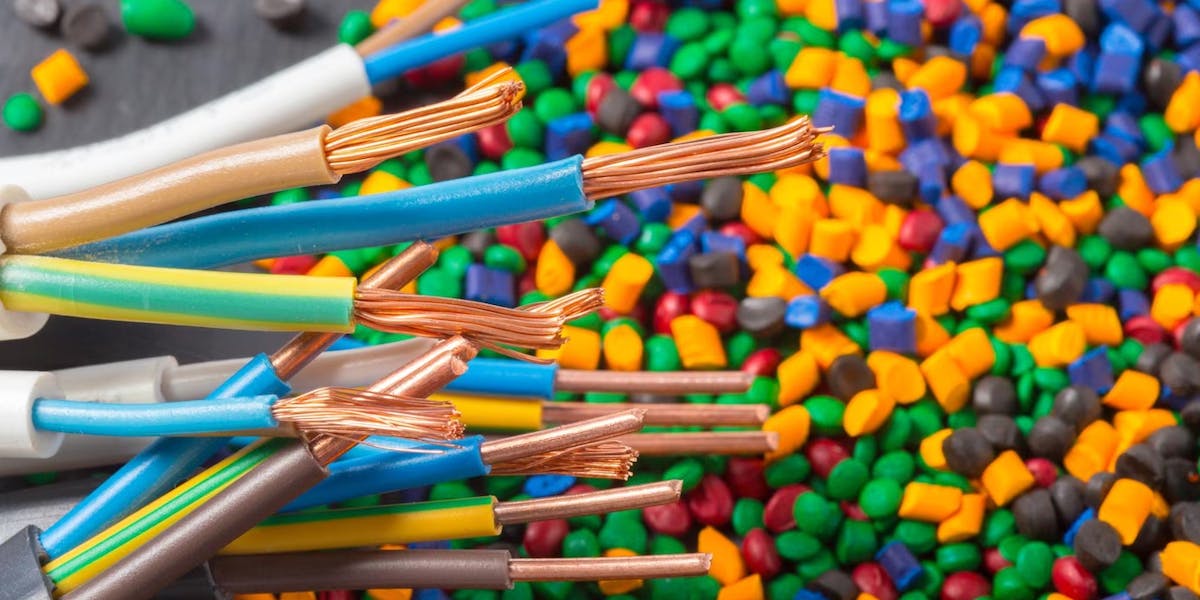A Guide to Choosing the Right Cables and Wires
Choosing the perfect cables and wires is essential for optimal performance. Learn how to make the right choices in our comprehensive guide

In today's rapidly evolving technological landscape, the importance of cables and wires cannot be understated. Whether you're setting up a home entertainment system, building a computer, or working on an industrial project, selecting the right cables and wires is crucial to ensure optimal performance and safety. This guide will walk you through the essential factors to consider when choosing the right cables and wires for your needs.
Introduction
When embarking on any technology-related project, one of the first considerations should be the selection of appropriate cables and wires. Cables serve as the lifelines for transmitting data, power, and signals between devices, making their role paramount.
Understanding Cable Types
Not all cables are created equal. Ethernet, HDMI, USB, coaxial, and fiber optic cables serve distinct purposes. Ethernet cables facilitate network connections, while HDMI and USB cables transmit audio, video, and data. Coaxial and fiber optic cables are vital for cable TV and high-speed data transfers.
Cable Length and Signal Quality
The length of a cable can significantly impact signal strength and quality. Longer cables may result in signal degradation, making it essential to choose the appropriate cable length to maintain optimal performance.
Environmental Considerations
Selecting cables that can withstand their intended environment is crucial. Indoor and outdoor cables are designed differently, with outdoor cables built to resist moisture, UV rays, and temperature fluctuations.
Data Transfer Speeds
Different devices require varying data speeds. It's important to select cables that can handle the required data transfer rates. High-speed USB and HDMI cables ensure smooth data transmission.
Voltage and Current Handling
Matching cables to the correct voltage and current requirements is essential to prevent damage or overheating. Using cables that can handle the necessary power load ensures safety and reliability.
Shielding and Interference
Shielding plays a crucial role in reducing electromagnetic and radio frequency interference. Twisted pair cables further minimize signal disruption, making them ideal for critical applications.
Flexibility and Durability
Cables should be flexible enough to maneuver through tight spaces and cable management systems. Choosing durable materials guarantees longevity, even in demanding environments.
Cost-Effectiveness vs. Quality
While cost is a factor, prioritizing quality over upfront savings is often wise. High-quality cables may come at a higher price, but they offer reliability and longevity, saving you money in the long run.
Compatibility and Connectors
Ensuring compatibility between cables and devices is essential. Different devices require specific cable connectors, so understanding connector types is crucial for successful connections.
Industry Standards and Certifications
Trusted certifications indicate that cables meet safety and performance standards. Adhering to these standards ensures your cables will operate reliably and safely.
Conclusion
In the ever-evolving world of technology, selecting the right cables and wires is a crucial step in ensuring the smooth operation of your devices and systems. By considering factors such as cable type, length, environmental conditions, data speeds, and more, you can make informed choices that enhance performance and longevity.
FAQs
1: How do I choose the right cable length?
The cable length should be determined based on the distance between devices, considering signal degradation.
2: Are high-speed cables compatible with older devices?
Yes, high-speed cables are generally backward compatible with older devices, but ensure the connectors match.
3: Can I use indoor cables for outdoor applications?
It's recommended to use outdoor cables for their durability and resistance to weather conditions.
4: What's the significance of cable shielding?
Cable shielding reduces electromagnetic interference, improving signal quality.
5: Are there universal cable connectors?
While some connectors are widely used, compatibility depends on the specific devices you're connecting.
Latest Blog Posts




